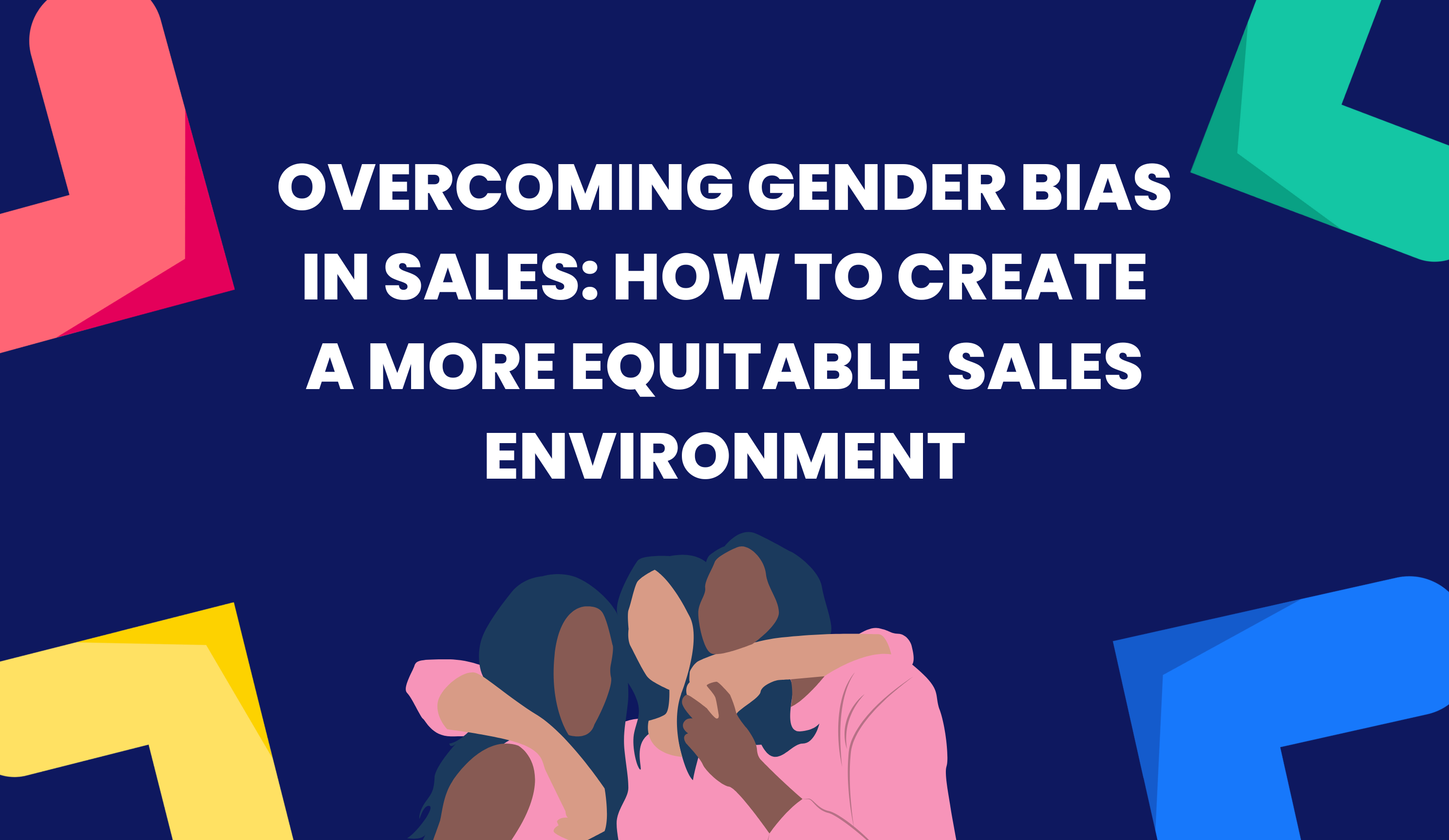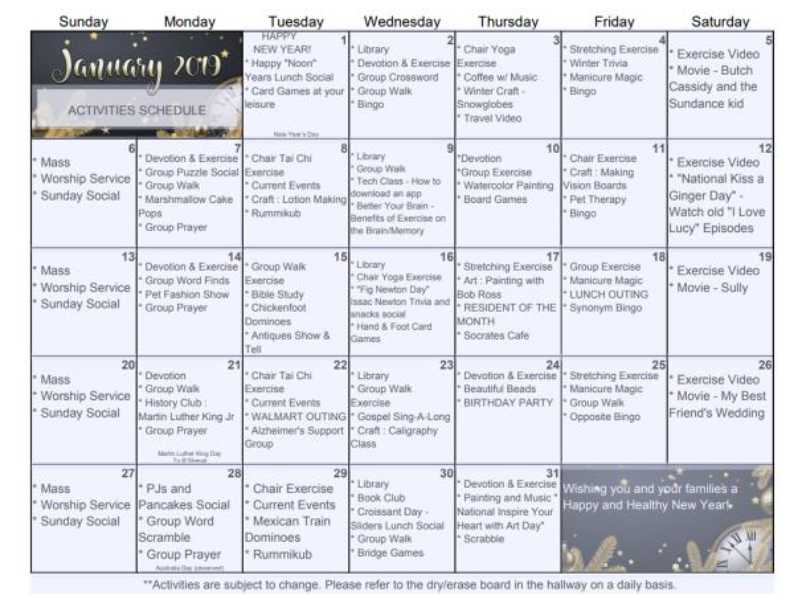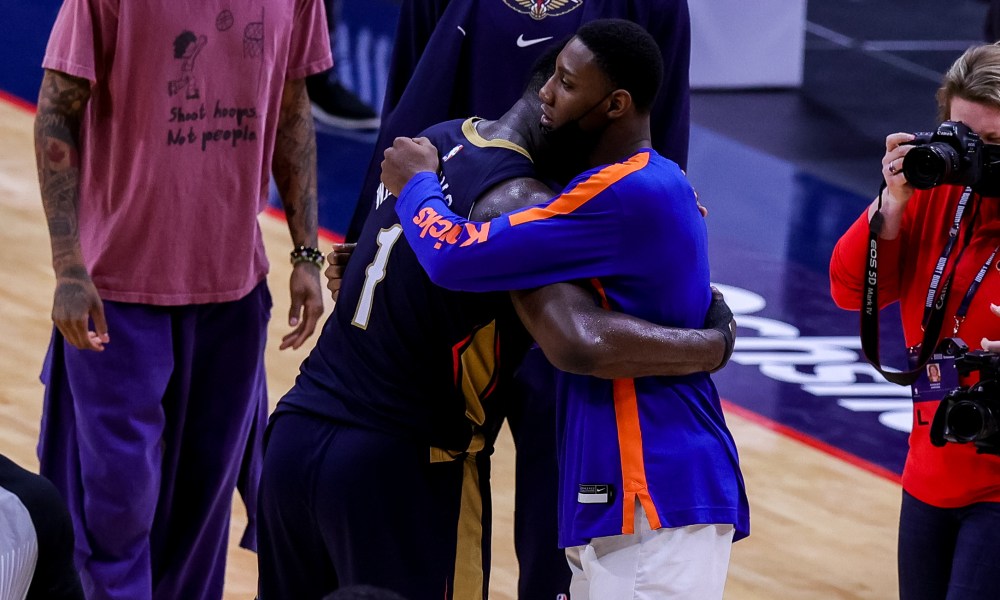From Flight Attendant To Pilot: Overcoming Gender Bias In Aviation

Table of Contents
The Historical Context: Why are there so few women pilots?
The scarcity of women pilots today is deeply rooted in historical limitations and societal biases. For decades, aviation was largely perceived as a male-dominated profession, reflecting broader societal expectations about gender roles. Opportunities for women in aviation were severely restricted, hindering their advancement in the field. The history of women in aviation, while featuring pioneering figures, is unfortunately punctuated by a consistent lack of access and support.
- Limited access to flight training and education: Historically, flight schools and training programs often excluded women, or admission was made exceedingly difficult.
- Prevailing societal norms and gender roles: Societal expectations confined women to domestic roles, discouraging them from pursuing careers deemed "unsuitable" for women. The very idea of a female aviator was often considered unconventional, even absurd.
- Lack of female role models in the industry: The absence of visible female role models further reinforced the notion that aviation was not a viable career path for women, creating a vicious cycle of underrepresentation. This lack of representation in the history of women in aviation made it incredibly challenging for aspiring female pilots to envision themselves succeeding in the field. The aviation gender gap was, and in many ways still is, self-perpetuating.
Facing Gender Bias in the Industry Today
Despite significant progress, gender bias in aviation persists in various forms. While overt sexism may be less prevalent, subtle forms of discrimination continue to hinder the advancement of women pilots. The gender inequality in aviation manifests in several ways:
- Subtle and overt sexism from colleagues and superiors: Women pilots often report experiencing subtle sexism, including patronizing behavior, being overlooked for promotions, or having their expertise questioned more frequently than their male counterparts. In some cases, overt sexism, including harassment, is also a sadly persistent issue.
- Unequal pay and promotion opportunities: Studies consistently reveal a pay gap between male and female pilots, even when controlling for experience and qualifications. Promotion opportunities are also often skewed in favor of men.
- Difficulties balancing work and family responsibilities: The demanding nature of a piloting career can pose significant challenges for women seeking to balance work and family life, leading to potential career interruptions or limitations.
- Lack of mentorship and sponsorship programs for women: The absence of robust mentorship and sponsorship programs specifically designed to support women in aviation limits their networking opportunities and access to crucial career guidance.
Success Stories: Inspiring Women Pilots Who Broke the Mold
Despite the systemic challenges, numerous women have defied expectations and carved successful careers as pilots. Their stories serve as a beacon of hope and inspiration for aspiring female aviators.
- Pilot A (Example): Captain Amelia Hernandez began her journey as a flight attendant, using her position to gain invaluable experience and connections within the aviation industry. Through sheer determination and unwavering perseverance, she overcame numerous obstacles, including financial constraints and gender bias, eventually earning her pilot's license and becoming a successful airline captain. Her story demonstrates that even a non-traditional entry point can be a stepping stone to a fulfilling career as a woman pilot.
- Pilot B (Example): Dr. Eleanor Vance, a passionate advocate for STEM education, actively mentors young women interested in aviation. Her commitment to fostering the next generation of female pilots underscores the importance of role models and support systems in creating an inclusive aviation landscape. Her focus on aerospace engineering and subsequent transition to piloting showcases a strong path for aspiring female pilots.
- Pilot C (Example): Major Sarah Chen chose a path less traveled, excelling in military aviation. Her story exemplifies the bravery and skill needed to break through gender barriers in a highly demanding and traditionally masculine field. She overcame numerous physical and mental challenges to reach the highest ranks.
Strategies for Overcoming Gender Bias and Promoting Inclusion in Aviation
Addressing gender bias in aviation requires a multi-pronged approach encompassing systemic change and individual action. Several key strategies can help foster a more inclusive and equitable environment:
- Implementing mentorship and sponsorship programs for women: Targeted mentorship and sponsorship programs can provide women pilots with access to guidance, networking opportunities, and advocacy crucial for career advancement.
- Promoting diversity and inclusion training for all aviation professionals: Comprehensive training programs emphasizing unconscious bias and cultural sensitivity can help create a more welcoming and respectful work environment for all.
- Addressing pay inequality and promoting equal opportunities: Active efforts to address the pay gap and ensure equal opportunities for promotion are critical for creating a truly equitable aviation industry.
- Creating supportive work environments that cater to the needs of women: Flexible work arrangements and family-friendly policies can help women balance their career aspirations with their family responsibilities.
- Encouraging more girls and women to pursue STEM education: Early exposure to STEM fields, particularly aviation, is crucial for inspiring the next generation of female pilots.
Soaring to New Heights: The Future of Women in Aviation
The journey toward gender equality in aviation is ongoing, but the success stories and strategies discussed highlight a path toward a more inclusive future. Addressing the historical and contemporary challenges faced by women pilots is crucial not only for fairness and equity but also for enhancing the overall talent pool within the aviation industry. The increasing need for skilled women pilots necessitates a concerted effort to dismantle systemic biases and foster a supportive environment where women can thrive. We encourage readers to support organizations promoting women in aviation, advocate for change within the industry, and consider pursuing aviation careers themselves. Further research into women in aviation statistics is essential to track progress and inform future initiatives. Let's work together to ensure the skies are truly open to all.

Featured Posts
-
 Stadium Track To Be Ready For Championships Resurfacing Underway
May 12, 2025
Stadium Track To Be Ready For Championships Resurfacing Underway
May 12, 2025 -
 Senior Calendar Trips Activities And Events
May 12, 2025
Senior Calendar Trips Activities And Events
May 12, 2025 -
 New Tom Cruise And Ana De Armas Sighting Sparks Renewed Dating Speculation
May 12, 2025
New Tom Cruise And Ana De Armas Sighting Sparks Renewed Dating Speculation
May 12, 2025 -
 Cleveland Guardians And New York Yankees Injured Players April 21st 23rd
May 12, 2025
Cleveland Guardians And New York Yankees Injured Players April 21st 23rd
May 12, 2025 -
 Yankees Lineup Bellingers Impact On Protecting Aaron Judge
May 12, 2025
Yankees Lineup Bellingers Impact On Protecting Aaron Judge
May 12, 2025
Latest Posts
-
 Combat Ufc 315 Montreal Zahabi Et Aldo Plus Long Que 13 Secondes
May 12, 2025
Combat Ufc 315 Montreal Zahabi Et Aldo Plus Long Que 13 Secondes
May 12, 2025 -
 Cavs Vs Knicks Prediction Betting Odds And Expert Picks February 21st
May 12, 2025
Cavs Vs Knicks Prediction Betting Odds And Expert Picks February 21st
May 12, 2025 -
 Ufc 315 Fight Card Key Fights And Predictions For Tonight
May 12, 2025
Ufc 315 Fight Card Key Fights And Predictions For Tonight
May 12, 2025 -
 Ufc 315 Zahabi Contre Aldo A Montreal Attentes Et Analyse
May 12, 2025
Ufc 315 Zahabi Contre Aldo A Montreal Attentes Et Analyse
May 12, 2025 -
 Jose Aldo De La Defaite A La Victoire Grace A L Adaptation
May 12, 2025
Jose Aldo De La Defaite A La Victoire Grace A L Adaptation
May 12, 2025
